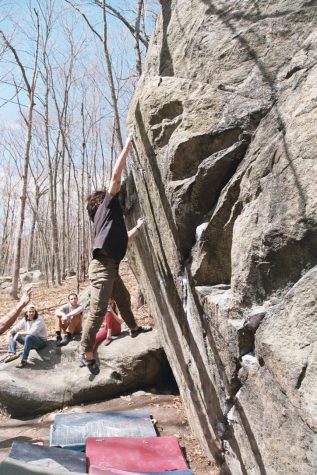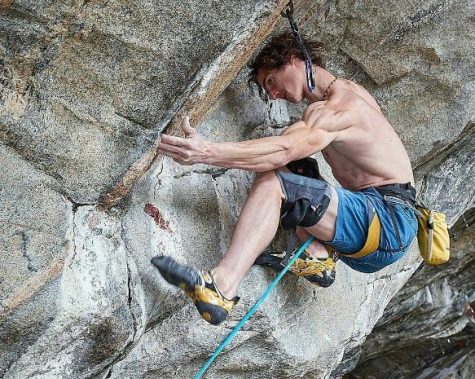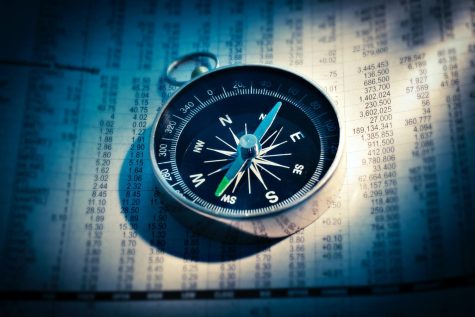‘Steve Jobs’ is a realistic yet pleasurable biopic
Unlike director Joshua Stern’s film Jobs in 2013, the 2015 film Steve Jobs, directed by Danny Boyle, was actually worth watching. Although the film took in a poor $7.3 million over its opening weekend, not far from Jobs (2013) that raked in $6.7 million in its first weekend, the numbers don’t matter when the Danny Boyle film actually kept audiences intrigued. Jobs (2013) focused too much on Steve Jobs’s college years and all the drugs he tried, while Steve Jobs (2015) focused on Jobs’s contribution to Apple and his personal life.
With the suspense added every time Jobs is about to present a new Apple product on stage in front of hundreds of people, to finding out what happens with his so-called daughter Lisa Brennan-Jobs (Perla Haney-Jardine, Ripley Sobo, and Mackenzie Moss), viewers hearts could be pounding with anticipation.
This 2015 drama/biographic film tells the story of the beginning of Apple Inc. and how co-founders Steve Jobs (Michael Fassbender) and Steve “Woz” Wozniak (Seth Rogen) develop products with their own company. The film depicts three different points in Jobs’s career (with and without Apple) starting with the preparation of the launch for the Macintosh 128K in 1984.
In the second act, you follow Jobs preparing for his new company NeXT to launch its computer in 1988.
Following into the third act you find Jobs preparing to launch the iMac in 1998.
With a cast consisting of actors such as Michael Fassbender (12 Years a Slave), Kate Winslet (Divergent), and Seth Rogen (The Interview) this 2015 blockbuster was sure to be a hit. Seth Rogen’s shocking performance showed how he easily broke his typecasting with a serious yet humorous portrayal of Steve Wozniak, surely confusing most audiences who see him in his R-rated comedy movies with James Franco.
Michael Fassbender’s performance as Steve Jobs was so genuine that when watching a scene in the film I thought it was actually a video of Jobs himself taken from an old interview. And although Kate Winslet had a major role in the flick, her character, Joanna Hoffman, was quite annoying and wasn’t unnecessary.
Black turtleneck, blue jeans, and white sneakers. A look Steve Jobs is known for, became the ending look to tie Jobs’s persona together. Throughout the three stages depicted in the film, each era can be defined just by the clothing worn by the characters. Going from the flashy 80s to the end of the drab 90s, turtlenecks, scarves and high-waisted pants seemed to be the appearance wardrobe designer Suttirat Anne Larlarb was going for. Aside from clothing, makeup was key in making the actors age, and with a makeup department head like Gretchen Davis (Milk) she easily made Michael Fassbender look older.
Director Danny Boyle is known for his hits including Slumdog Millionaire and 127 Hours, both dramas like Steve Jobs. His personal touch is certainly defined in the film as it shows both his dramatic and comedic approach to the life of Steve Jobs. Not only does the film intensify Jobs’s personal life with his daughter, but it also incorporates the many issues Jobs was put through as a worker for Apple.
“What do you do?” Wozniak asks Jobs. With a question like this it really makes the audience think about Jobs’s role at Apple and what he honestly did besides announce new products.
No dedication needed, this film tells you about Steve Jobs’s life and accomplishments that couldn’t be put into any better words than, “Musicians play their instruments. I play the orchestra.”
Rating: 8/10 – Unbelievable acting thanks to an incredible cast, genuine makeup effects, and some irrelevant parts of the storyline.







